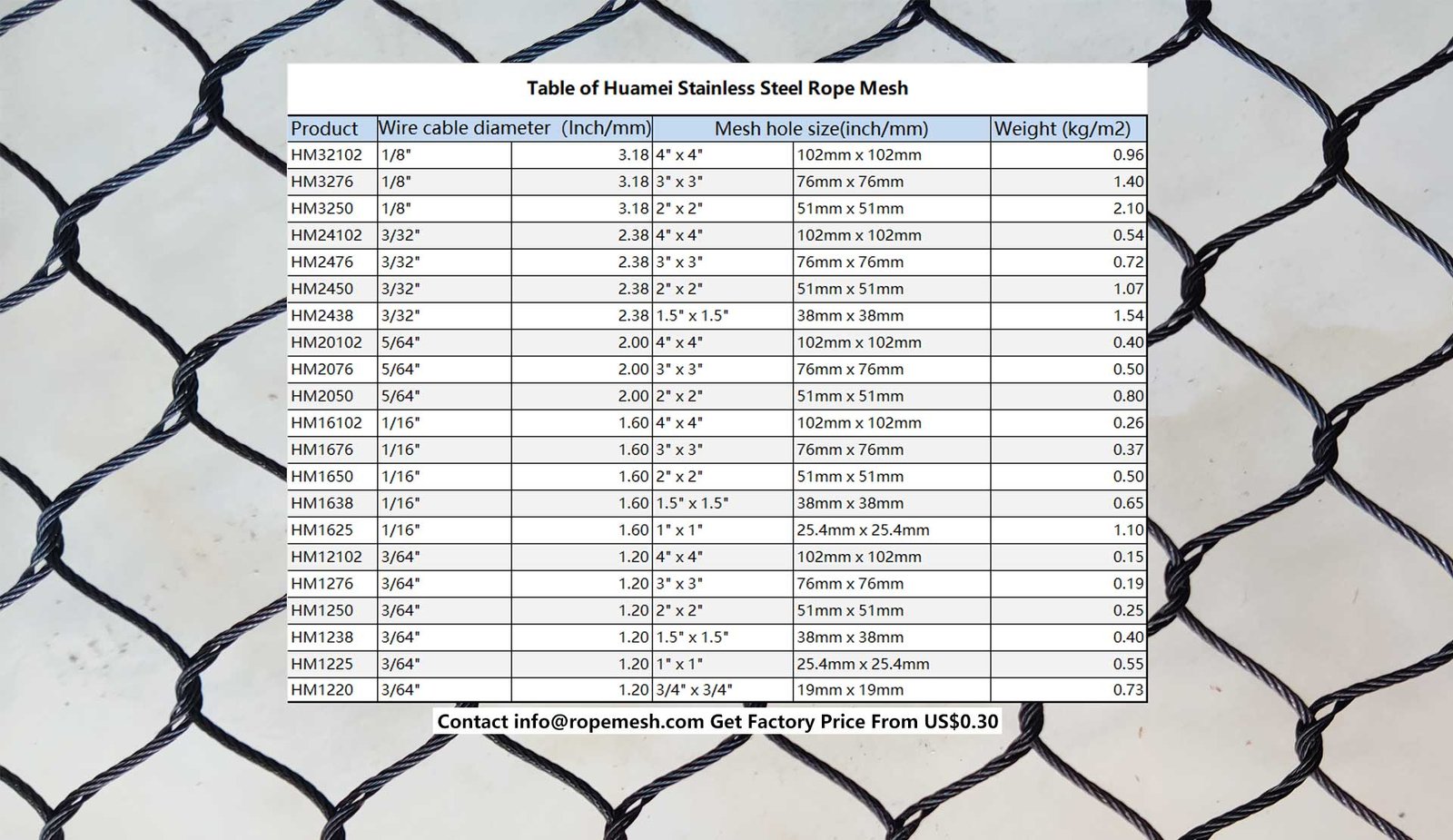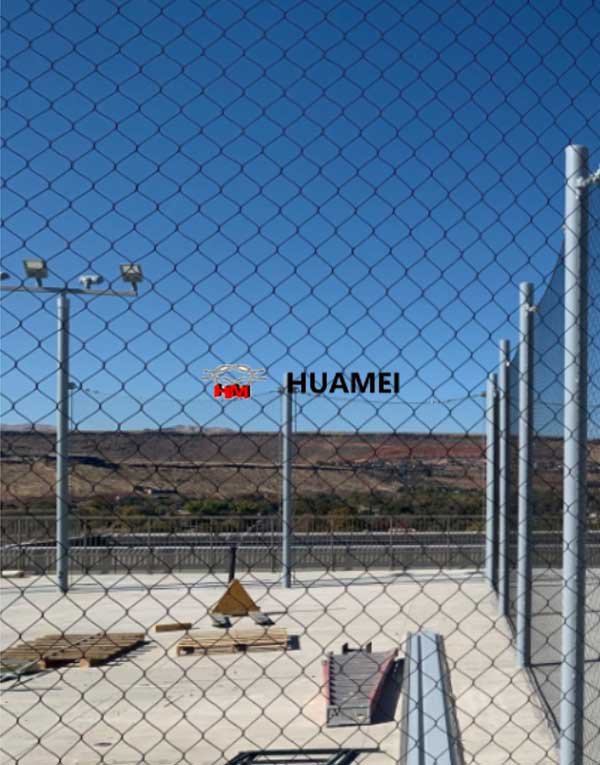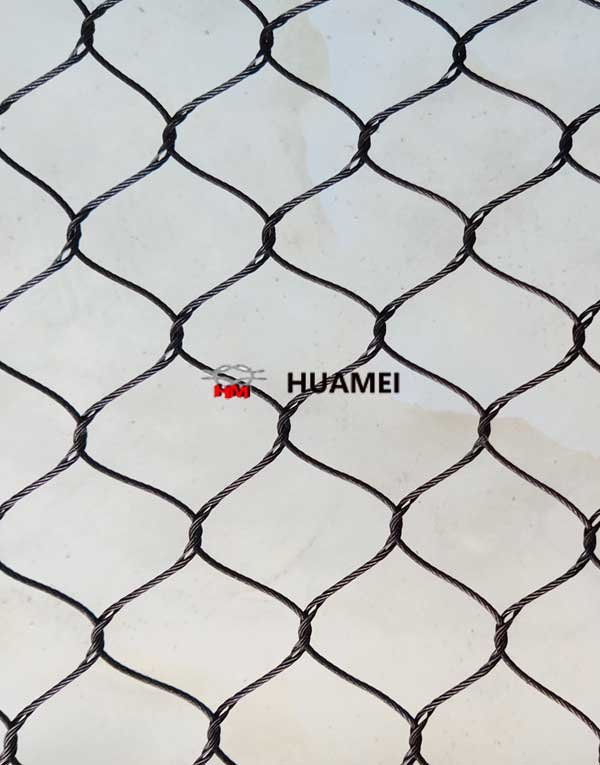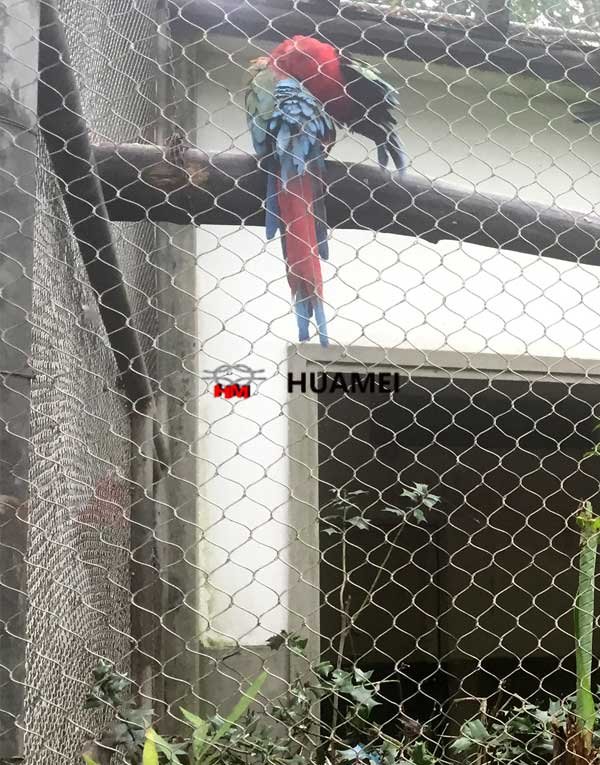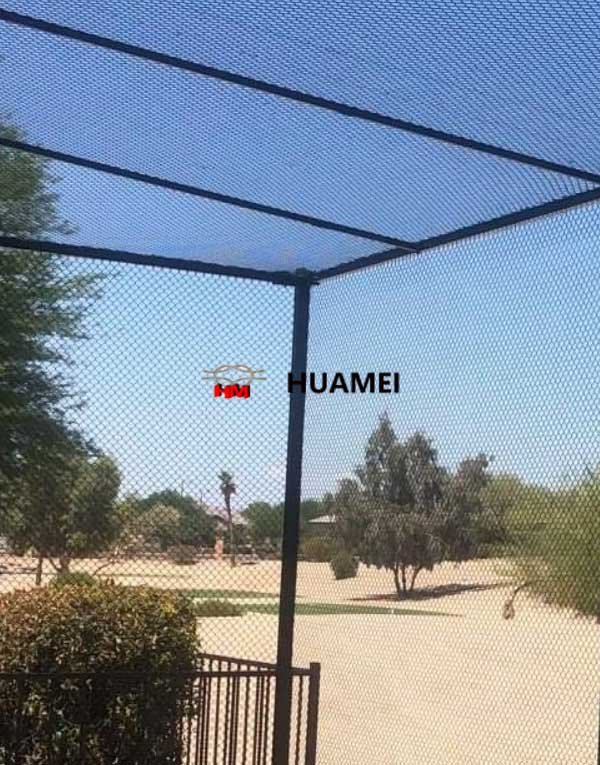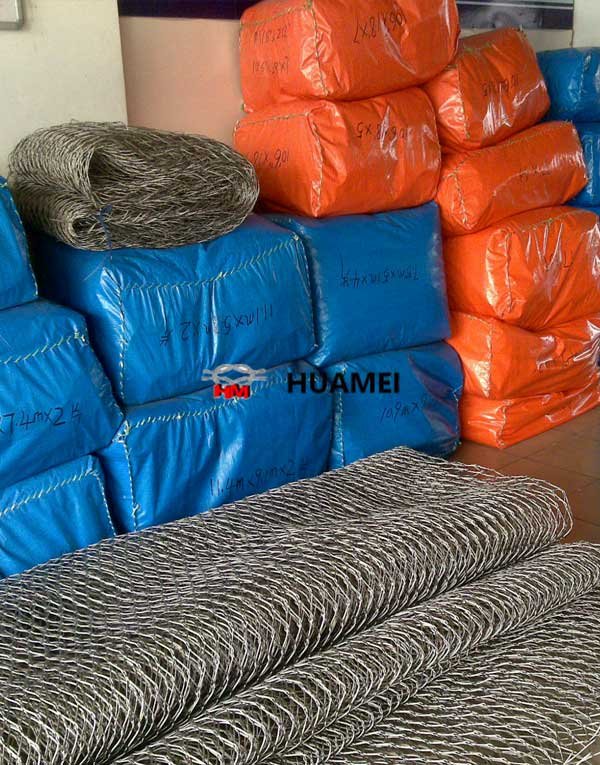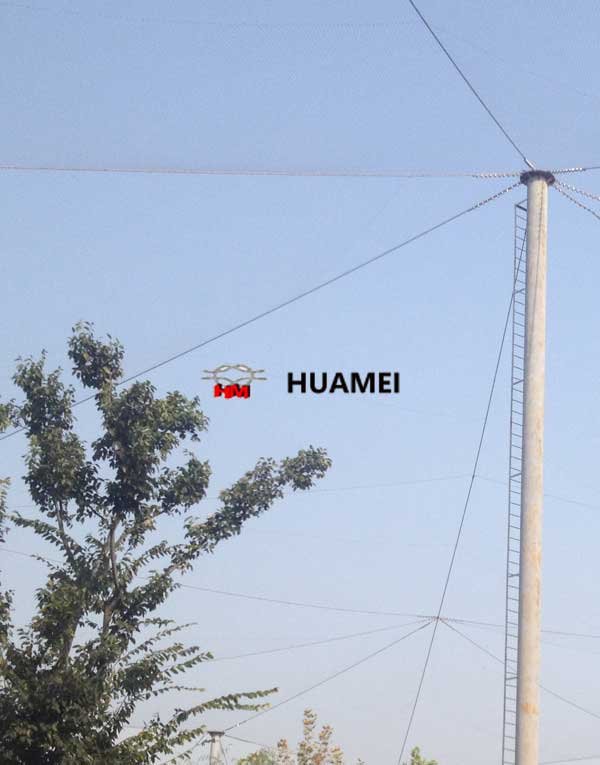Introduction to Wire Netting Fences
Wire netting fences are versatile structures widely used for various applications, primarily in agriculture, residential settings, and commercial properties. Composed of interwoven strands of wire, these fences provide a robust barrier that is designed to serve multiple functions. At its core, a wire netting fence is constructed using wire mesh panels that vary in gauge and spacing, catering to the specific needs of the environment it is intended to protect or define.
The structure of wire netting fences typically includes a framework of posts, which can be made from wood, metal, or other durable materials that ensure longevity and stability. The wire mesh is then attached to these posts, creating a secure enclosure. This type of fencing is particularly effective for keeping livestock contained, as its design prevents animals from escaping while also deterring potential predators. Additionally, due to its transparency, wire netting fences do not obstruct views, making them suitable for residential applications such as garden boundaries or property demarcations.
Wire netting fences are also prevalent in commercial settings, where they may serve to secure industrial sites, construction zones, or public facilities. Their durability makes them a cost-effective solution for protecting property and managing access. Furthermore, these fences are often treated for weather resistance, thus extending their lifespan in outdoor environments.
Overall, the fundamental design and adaptability of wire netting fences render them a practical choice for a variety of fencing needs. Understanding their construction and applications can assist property owners, farmers, and businesses in selecting the most suitable and efficient fencing solution for their specific requirements.
